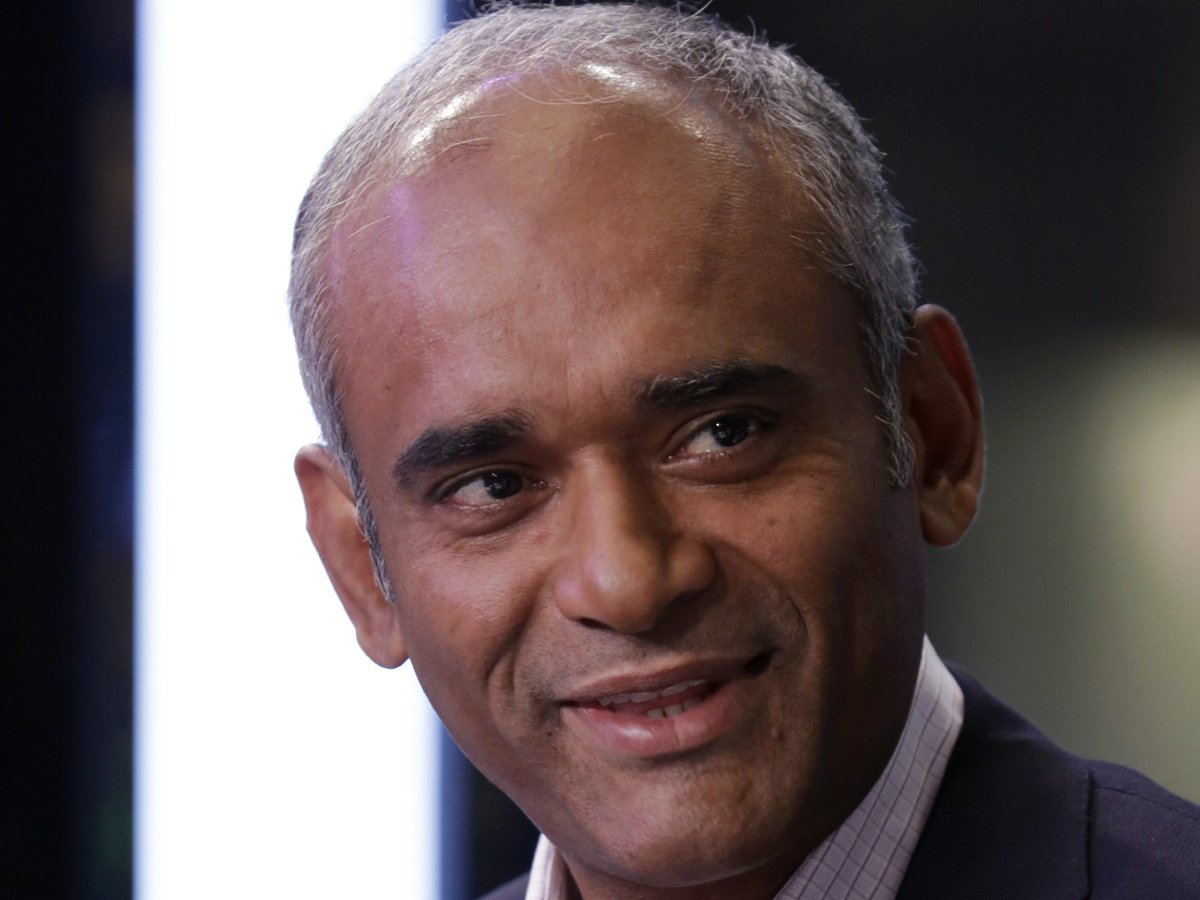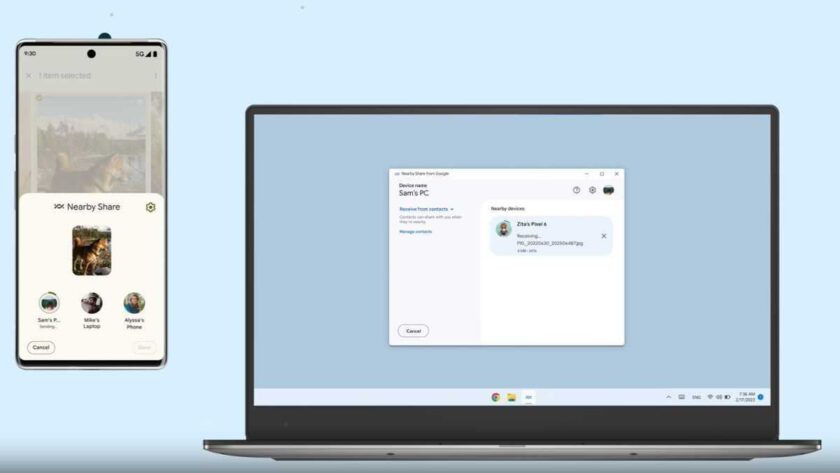Jonathan’s post continues DisCo’s ongoing coverage of the Aereo case. Last week, Prof. Michael Carrier wrote a post for DisCo on the possible effect of Aereo on investment. Previously, DisCo writer Matt Schruers guest-posted on SCOTUSblog about how Aereo creates uncertainty for the cloud.
One of the great attractions (or frustrations) of copyright law is that it is based on metaphysical distinctions. The most obvious of these is the idea/expression dichotomy. The Second Circuit in Computer Associates v. Altai observed that “drawing the line between idea and expression is a tricky business.” Judge Learned Hand, one of the leading copyright jurists, stated that “nobody has ever been able to fix that boundary, and nobody ever can.” He also noted “no principle can be stated as to when the imitator has gone beyond copying the ‘idea’ and has borrowed its expression. Decisions must therefore inevitably be ad hoc.”
Other similarly metaphysical (and ad hoc) distinctions in copyright law are whether the idea and the expression have “merged,” whether two works are “substantially similar,” and whether a use is fair. And after the Supreme Court’s decision in American Broadcasting Cos. v. Aereo, we can add the identification of who is the volitional actor to this list of abstract, ad hoc determinations.
One of the conceptual flaws of the Second Circuit’s decision in Aereo was that the Second Circuit never decided definitely who was the “volitional actor,” i.e., who was doing the transmitting, Aereo or the subscriber. The Second Circuit focused just on the fact that a particular copy was being transmitted to only one subscriber, ignoring the question of who was transmitting it to the subscriber. As a result, the parties talked past one another in the briefing before the Supreme Court, with the broadcasters assuming that Aereo was the volitional actor, while Aereo assumed that the subscriber was the volitional actor. Several of the amicus briefs, including the one I filed on behalf of the Center for Democracy and Technology, and those filed by CCIA and law professors David Post and James Grimmelmann, stated that the starting point of any copyright analysis was identifying who was the volitional actor—who was the party that would be treated as the direct infringer, as opposed to a secondary infringer.
Justice Scalia’s dissent explicitly agreed that identification of the volitional actor was the first step of a proper copyright analysis, and asserted that the subscribers were the volitional actors because “subscribers call all the shots: Aereo’s automated system does not relay any program, copyrighted or not, until a subscriber selects a program and tells Aereo to relay it.”
The majority opinion did not specifically state that Aereo was the volitional actor; it did not use the word “volition.” Nonetheless, the way the majority framed its decision indicates that it believed that Aereo was the volitional actor. It said, “[t]his case requires us to answer two questions: First, … does Aereo ‘perform’ at all? And second, if so, does Aereo do so ‘publicly’?” The majority noted that Aereo’s position was that it simply supplied equipment that “responds to its subscribers’ directives. So it is only the subscribers who ‘perform’ when they use Aereo’s equipment to stream television programs to themselves.” The majority acknowledged that from the language of the relevant provision of the Copyright Act itself, it was unclear when an entity performs and when it merely supplies equipment that allows others to do so.
To answer the question of who is performing, Aereo or its subscribers, the majority looked to an odd source of illumination: the legislative history of the relevant provisions of the 1976 Copyright Act, which the majority claimed overturned Fortnightly, a 1968 Supreme Court decision involving a community antenna provider. Moreover, the majority explicitly ignored the intuitively obvious indicia of who is doing what: the technical details of how the Aereo system operates.
The majority’s reasoning on why Aereo was the volitional actor is questionable, to say the least. The dissent carefully dissected the majority opinion in a section entitled “Guilt By Resemblance.” The dissent noted that the majority’s conclusion that Aereo performs is based on the following syllogism: “(1) Congress amended the Act to overrule our decisions holding that cable systems do not perform when they retransmit over-the-air broadcasts; (2) Aereo looks a lot like a cable system; therefore (3) Aereo performs.”
The dissent observed that the decision provided no criteria for when the majority’s “ad hoc rule for cable-system lookalikes” applied. It asked whether the majority was just offering a “totality of the circumstances” test, which really meant a “test-free, ad-hoc, case-by-case evaluation.” The dissent acknowledged that “the Court vows that its ruling will not affect cloud-storage providers … but it cannot deliver on that promise given the imprecision of its results-driven rule.”
To be sure, the majority’s logic leading to the conclusion that Aereo performs appears ad hoc and results-driven. But at least the majority was asking the right question. Although it didn’t use the “v” word, the majority obviously was trying to determine whether Aereo was the volitional actor: was it the entity doing the performing, or was it just providing the equipment by which the subscriber did the performing.
Moreover, the answer to the question of who is the volitional actor isn’t always as obvious as the dissent suggested. The dissent offered a bright line rule that if an entity does not select the content, it is not the volitional actor. But imagine that Aereo provided a digital community antenna that connected by cable to subscribers’ home, where the subscribers then selected which programs to watch. In other words, what if Aereo simply provided what Justice Scalia referred to as “the dumb pipes that routed signals from point A to point B,” as in Fortnightly? There could be little doubt that Aereo would directly infringe the public performance right as currently drafted, even though it would not select the content. Similarly, the fact that someone selects the content does not necessarily make him the volitional actor. When a band manager selects the music a band will perform without authorization, the band is the direct infringer and the manager is a contributory infringer.
In other words, determining who is the volitional actor can be a “tricky business.” In some cases, it will be straightforward. Both the majority and the dissent provide ample hints that cloud storage of user provided content would be such a situation: the user would be the volitional actor (and the majority further indicated that any resulting performance would not be to the public). But in other cases, discerning the volitional actor will be more challenging. Hopefully future courts in these challenging cases will be less dismissive of the most useful indicia of volition – the technical details – than the majority in Aereo.
Jonathan Band is a DC-based attorney whose clients include Internet companies, providers of information technology, universities, library associations, and CCIA. He previously guest-posted on DisCo about the first sale hearing in New York.




